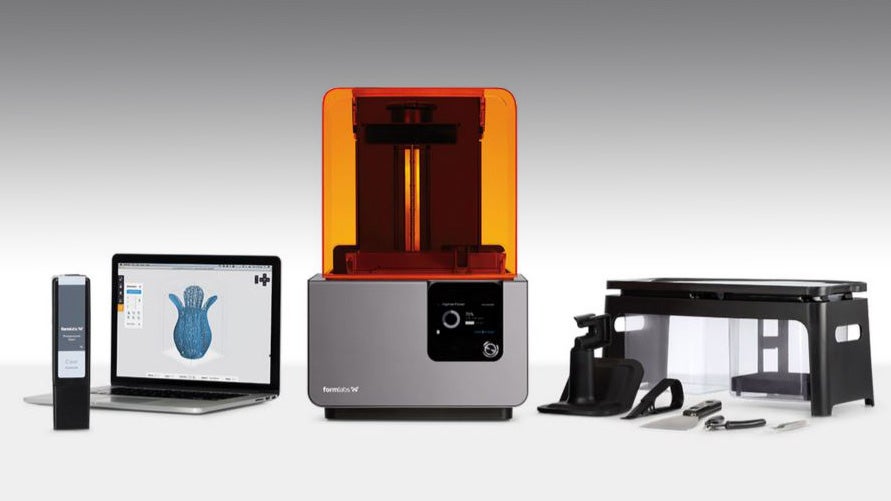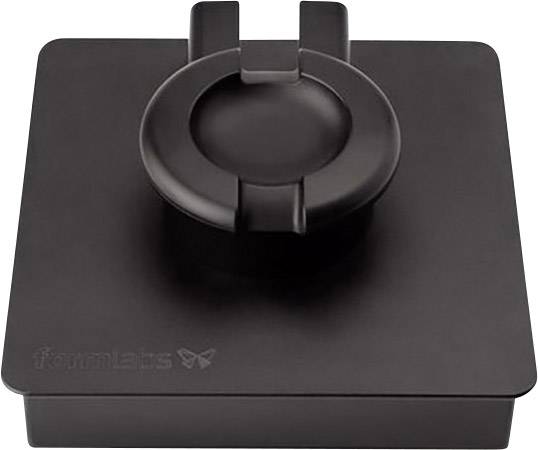

To understand what this means, you need to understand what the Formlabs Form 3 replaces.īasically, its predecessors – the Form 1/1+, and Form 2 machines – are inverted SLA machines, where the optics, lasers and so on are located below the build tank, rather than above it, as with more traditional SLA machines.ĭuring a build, the build platform moves incrementally upwards as each layer is built below, in a tank of UV curable resin. The new Formlabs Form 3 drives desktop SLA forwards yet again, introducing a new approach that the company has trademarked as Low Force Stereolithography, or LFS. The start-up’s impressive reworking of stereolithography (SLA) brought this process to the desktop for the first time, making it more accessible, in terms of both device size and price. The Form 3 follows the styling conventions of the previous units, but brings a brand-new take on the SLA build process to marketīack in 2012, Formlabs took the 3D printing world by storm with a crowdfunding campaign on Kickstarter that raised almost $3 million, making it the most highly funded project on that platform, at that time. Prepare your printer before you leave, then start jobs from anywhere with Remote Print.Įasily manage permissions and track printing at any scale with Dashboard.Formlabs continues to drive desktop SLA forwards, with the introduction of a new approach called Low Force Stereolithography in its new Form 3 machine. Manage your inventory of materials and resin tanks so you know when it’s time to replace consumables.Įnable SMS and email notifications in Dashboard to receive notifications when prints are completed or your printer needs attention. Easily compare print success rates and usage across printers.

Make sure you’re getting the most out of all your printers. Use your online Dashboard to manage printers, materials, and teams. Use this advanced print mode to selectively vary layer thickness throughout printing, balancing high detail and high speed. PreForm’s automatic algorithms set up your print’s layout, orientation, and supports, so anyone on your team can print successfully without specialized training.Įxpert users can manually adjust a variety of parameters, such as support density and size, to fine tune results. Get your model ready in minutes, upload to your printer, and let it build.

Design your model in standard CAD software, then import the STL or OBJ file into our print preparation software, PreForm.


 0 kommentar(er)
0 kommentar(er)
